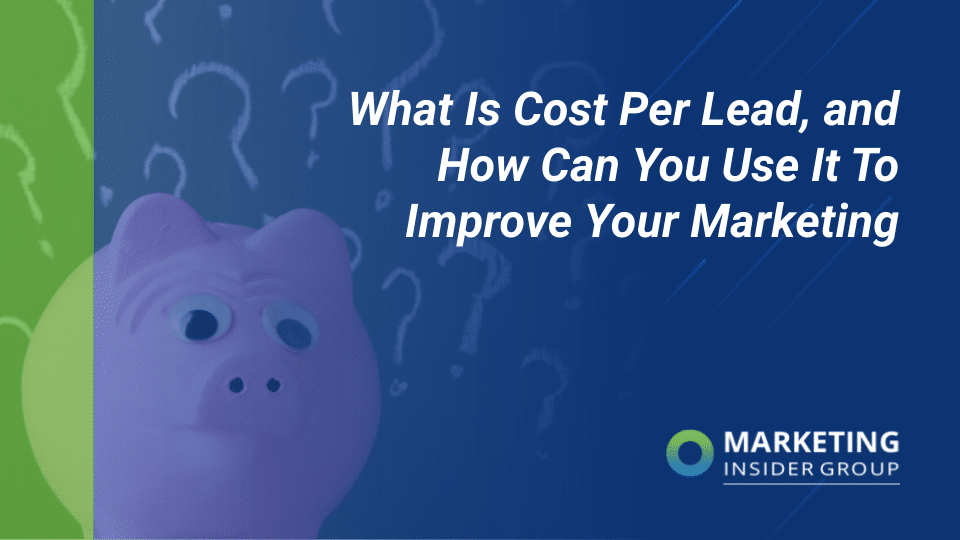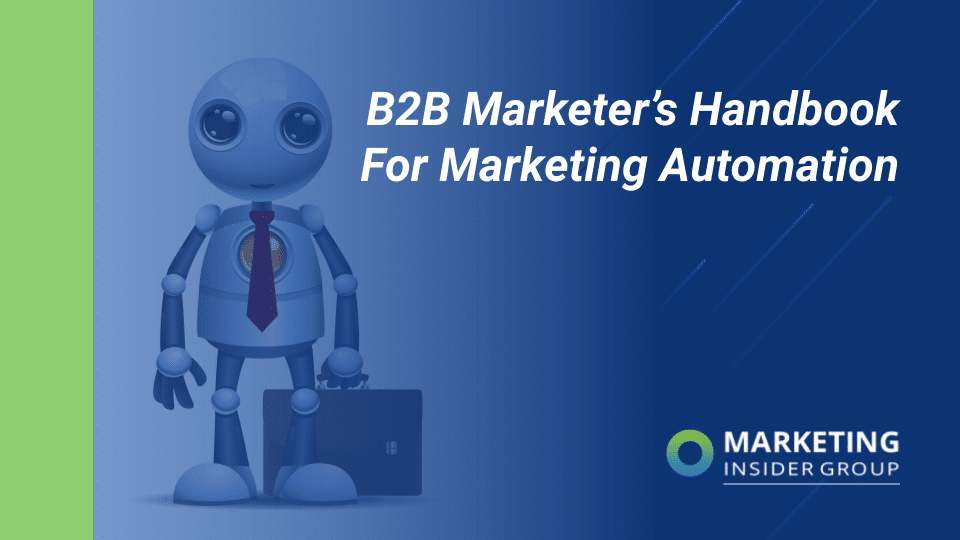
How to Use Sales Automation to Maximize Lead Gen
Closing a single deal often involves several contacts with a high-quality prospect. Even after the sale, your team is likely committing hours to managing relationships, answering questions, fulfilling orders and providing other support services via phone calls, emails, meetings, social media and other channels.
It adds up. Multiply that by the number of customers you have — and aim to have as you grow and expand your business — and digital sales and customer relationship management become real time-killing challenges. Either your team forgoes other duties, or you fall behind, unable to deliver the level of service and personalization you’d aimed for.
The solution: digital sales automation.
Quick Takeaways:
- Any business process or activity that is repeatedly performed is ripe for automation. Lead generation is one of them.
- Automation tools minimize errors and time to execute.
- Automation improve sales-marketing alignment, prospecting, and lead nurturing and tracking.
What Is Sales Automation?
Sales automation is the process of streamlining manual, time-consuming tasks so that your organization’s talented salespeople can spend less time on admin and more time doing what they do best: selling.
Automated tasks can include all the administrative and data entry tasks that reps, leaders and managers do daily, weekly and monthly.
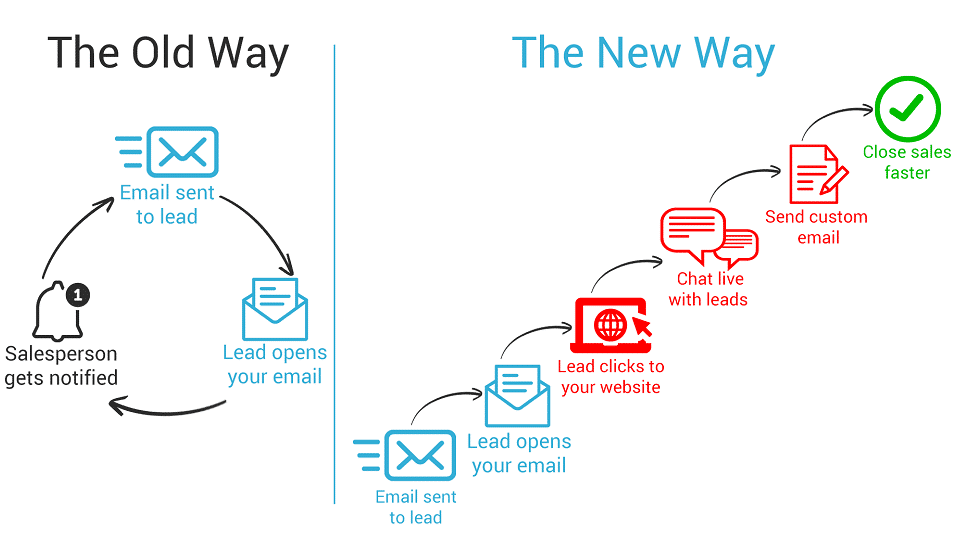
In short, sales automation enables you to leverage technology to improve your bottom line. You save time and money — and your customers enjoy a better, more personalized experience.
“Sales automation gives companies the opportunity to attract, acquire, and retain customers while satisfying their current needs for personalization, care and tailored services.” — Forbes
Why Automate Your Sales Processes?
Before we jump into the how, let’s examine the why. Why take the leap and automate your sales process?
- Automation minimizes human error. Unintentional mistakes in data entry often go unnoticed and can cost a company — whether that be in a lost sale, a disgruntled customer or a hit to its reputation.
- One survey found that nine out of 10 managers spend time on nonessential admin tasks. On average, they spent more than 15 hours or two days a week, with 20 percent spending three days or more. Digital sales automation empowers managers to lead their teams and focus on growth.
- Old-school collaboration and productivity tools — like email and spreadsheets — often hinder employees. Half of respondents to one survey agreed that spreadsheets used for managing work actually reduced productivity.
Core Components of Digital Sales Automation
The key areas outlined below make up the foundations of any successful digital sales automation system.
1. Data-driven client prospecting
Before you can begin selling, you need to identify your ideal customer persona and make meaningful first contact with them.
Spark conversations by homing in on a need, pain point or desire. Answer important questions on the minds of prospects. Show that your product or service delivers the solution your ICP is looking for. Use data to strengthen the prospecting process — whether it’s to identify demographics, behaviors (for example, discovering where your ICP hangs out, their preferred communication platforms and so on) or wants.
2. Marketing automation
Marketing and sales go hand in hand, so it’s no surprise that marketing will play a part in your digital sales automation strategy.
Marketing outreach is an integral component of building long-term relationships with your prospects and clients — but it can take time. By streamlining and automating your marketing, your team can spend more time refining and optimizing messaging to boost ROI and conversion rate.
Automated digital marketing campaigns can be delivered via email, social media and other avenues. Be sure to record and analyze your results as you go.
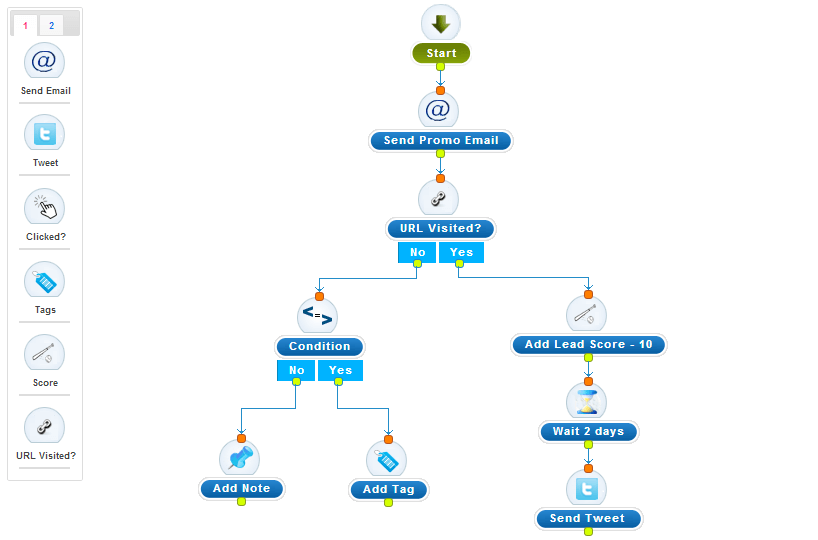
3. Lead tracking
You want to track prospective clients’ every move, so when they engage with your business, you can reach out, pitch or offer a discount or bonus.
Traditionally, detailed lead tracking involves a salesperson seeking behavior updates and insights from various tools and then logging valuable information.
Automated systems that make use of integrated software remove the tediousness of this process while ensuring your team has accurate, up-to-date information about your prospects.
4. Order management
The sales process doesn’t end after a customer checks out. Order management involves the fulfilling, tracking and management of orders — a process that demands collaboration between admin, finance, sales and fulfillment teams across a company. Plus, depending on your product or service, orders may have several moving parts and a variety of key players involved — successful order management requires the real-time collation of each of these components, creating a single source of truth that’s accessible business-wide.
Order management is a particularly significant concern for businesses that are rapidly scaling. Manual tasks can quickly become overwhelming, and teams can find themselves in deep water with little time to do anything other than fulfill orders. By automating your sales management process, you free up employee time and other valuable resources, all while minimizing human error and giving your customers the best possible experience.
The State of Sales Automation Today
Unlike yesterday’s robocalls or email blasts, today’s sales automation all boils down to personalization. With the aid of today’s sales automation software, you can learn which salesperson is the best fit for each customer and assign them automatically.
Further, today’s personalized emails speak to the interests, needs, and pain points of each recipient.
We’re not just talking about inserting [Recipient Name] in the subject line and a few times into a vanilla one-size-fits-all sales email. Those kinds of automated emails, no matter how many times you mention the receiver’s name, read like spam with a monogram – because they don’t address the recipient’s needs.
With calls to action that lead your recipients to take another step along their buyers’ journeys, you’ll educate your prospects as opposed to selling them. By the time they reach the buying phase of their journey, they’ll be the ones contacting you to arrange a meeting.
That’s just the tip of the iceberg. Automatic reminders to follow up, scheduling software so customers can meet with you at a time that suits both parties, customer information at your fingertips – all are yours with leading-edge sales automation programs.
Even better, some sales automation programs allow you to integrate them with your content marketing platform. When you can do that, you can shatter the silos that have long kept vital information from both marketing and sales.
Bottom line, when you automate routine tasks, your sales teams can devote more time to creating killer presentations. Instead of leafing through files looking for all the information on a prospect, you can have all the data you need at the touch of a button.
And, if your sales automation platform allows for collaboration, you can bring subject matter experts in on the planning process. The technical knowledge they can provide might be the nugget of proof your prospect needs to move him or her to buy.
With cutting-edge sales automation, you can update data in real time across the enterprise. This ensures that everyone in the loop has all the same information. This kind of consistency avoids the kinds of mix-ups that can happen when everyone isn’t on the same page.
Taking a silo-free approach to sales automation can also boost revenue. Specifically, when both your sales and marketing teams integrate your content marketing platform into the mix, that approach can become your key revenue driver.
In fact, your sales team can feed information to your content team, allowing them to create materials that answer their specific questions. Pairing your sales automation with your marketing software allows your team to create content tailored to each decision-maker’s interests. For high-end B2B sales, this ability – called account-based marketing – can be a veritable gold mine.
Use Buyer Personas to Drive Strategy
Collaborating with your marketing team on the same platform allows you to create a seamless sales and content marketing strategy. When your sales teams add the objections and other feedback they hear out in the field, both sales and marketing can come up with a more personalized approach.
One of the best ways to do that is with buyer personas. Use both the feedback your sales team hears and the research your marketing team does on the audience segments most likely to convert.
From that information, create a profile of each of those segments. Giving these profiles a nickname, such as “Tina the Truck Driver” or “Don the Dentist,” helps to focus both teams’ efforts on messaging that drives results.
For example, let’s say that you make accessories for semi-truck cabs. You’re seeing high conversions from millennial female drivers. Here’s a streamlined version of Tina the Truck Driver’s persona:
- Age: 28-40
- Posts Instagram photos of her truck cab’s interior
- Loves pink anything
- Pain points: Needs cushions on top of her seat to help her reach the controls better. Can’t access her water bottle easily because she’s up so high.
- Works for a woman-owned trucking company with a high percentage of women drivers
Tina’s bought a custom seat cushion from you – and she loves it. It doesn’t shift like the old ones. And, she’s considering buying your gadget that acts like a booster seat for her drink holder, which would solve her other pain point.
She’s posted photos and links to these accessories on her Instagram and Facebook profiles. And yes, it’s pink.
Your sales team wouldn’t know that kind of information if they weren’t working with your marketing team.
Conversely, unless your sales and marketing teams weren’t working together on the same platform, your marketing team wouldn’t know that Tina’s boss just placed a call last week. But in fact, she did. And – she was inquiring about a discount rate for buying these accessories in bulk for all her female drivers.
Collaborating with the engineering team, the marketing team can repurpose parts of its white paper about the cushions’ ergonomic benefits. First, they can create an email explaining how these cushions stay in place, allowing smaller drivers to have the same control that larger drivers do with standard seats.
The sales team can provide feedback from previous encounters with similar trucking firms, allowing the marketing team to tailor their messaging to cover some of the other companies’ typical objections. Then, the marketing team can turn that message into an automated email that they can send out to the other women-owned trucking firms on their subscriber list. That email, in turn, would end with a call to action that encourages receivers to request a consult with the sales team.
That’s how automated processes – personalized with today’s technology – can drive sales through the roof. Collaboration among teams, though, is the only way to take full advantage of the capabilities of modern sales automation.
Personalize Web Content Using Data
With today’s dynamic content personalization technology, you can customize what various customer segments see when they click through to a page on your website. Again, here’s where your buyer personas earn their keep and then some.
When Tina the Truck Driver clicks on your homepage, she might see, “Hi, Tina! Ready to look at more accessories to customize your cab?”
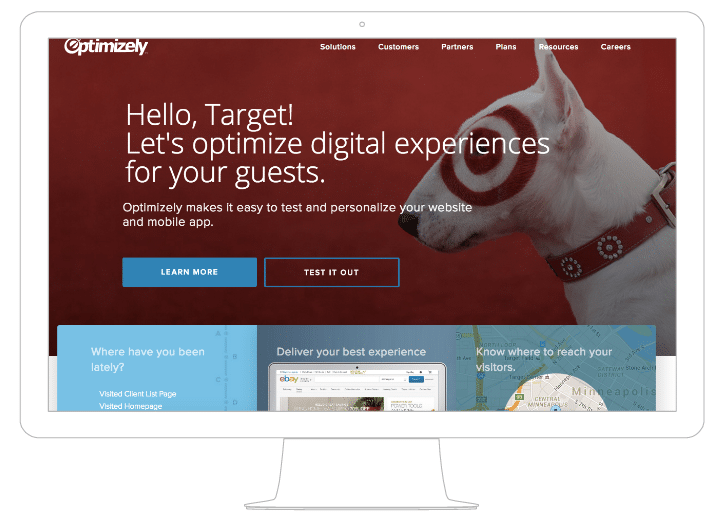
You can even target customer segments by the time of day.
What about Tina’s boss? If she was still online after a hard day’s work, she might be browsing through truck accessories websites. For her, the greeting could read, “Still up? Let’s solve at least one of your challenges. Here’s how you can make your fleet’s interiors safer and more comfortable for your drivers.”
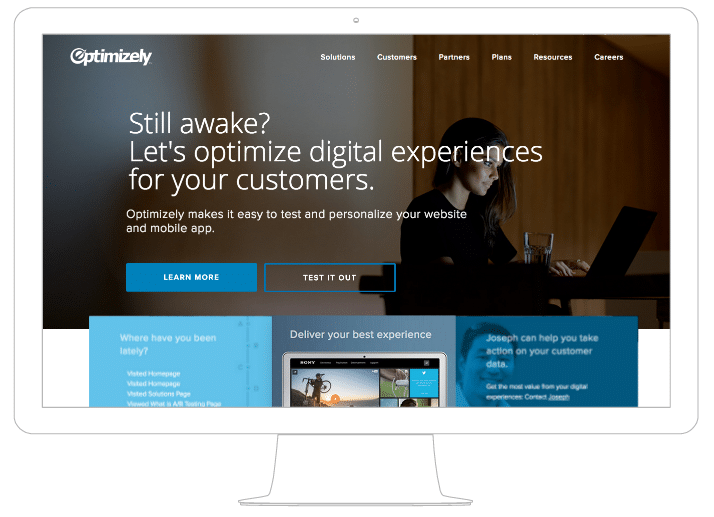
Checkmate. As we know, statistics don’t lie. The numbers show that these kinds of personalized approaches can increase conversions by more than 100 percent.
Embrace Automation Technology
Sales teams can be reluctant to introduce new systems and unfamiliar technologies. After all, they’ve gotten by the old-fashioned way for years — why fix what isn’t broken?
The thing is, expectations are changing fast. Consumers demand a level of personalization above and beyond anything that came before. Whether you are running a small- to medium-sized business or enterprise-level organization, there’s just no way your team can keep up using manual systems.
Automation is the key to delivering superior customer experience. So, if you want to future-proof your business, it’s time to embrace automation technology.
If you are ready to get more sales-building traffic to your site with quality content published consistently, check out our Content Builder Service. Get started today – and generate more traffic and leads for your business.

